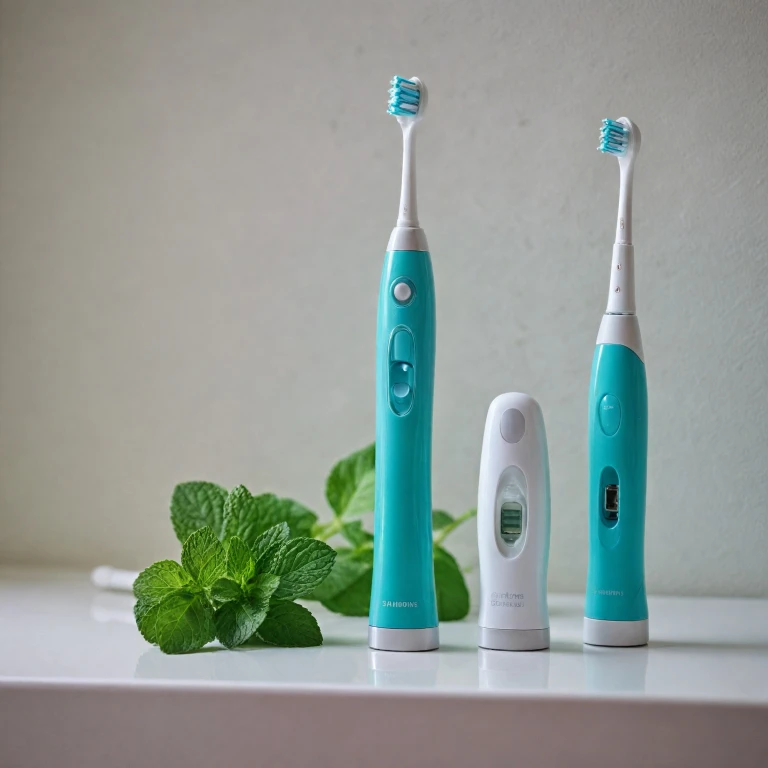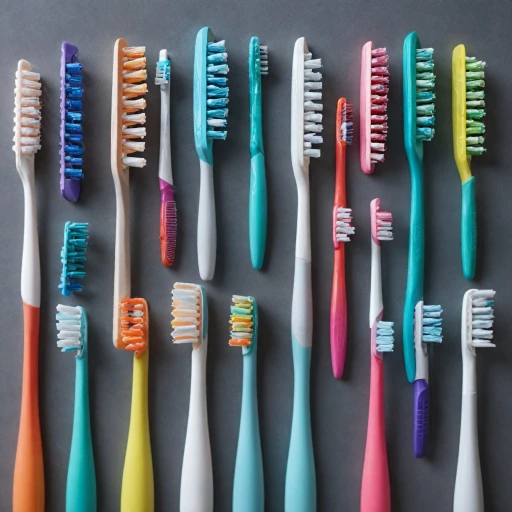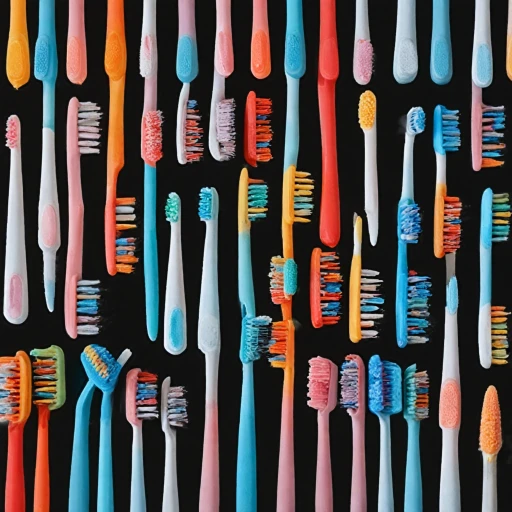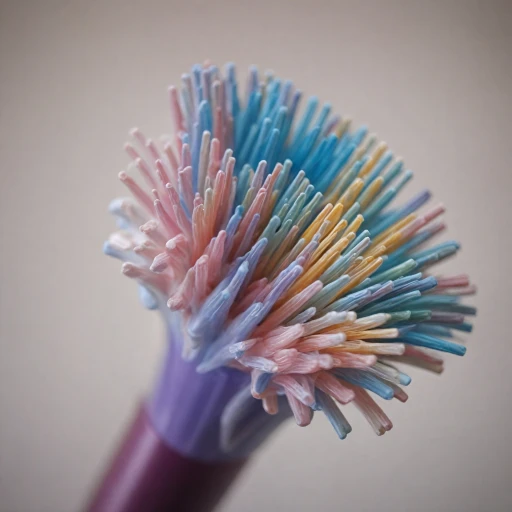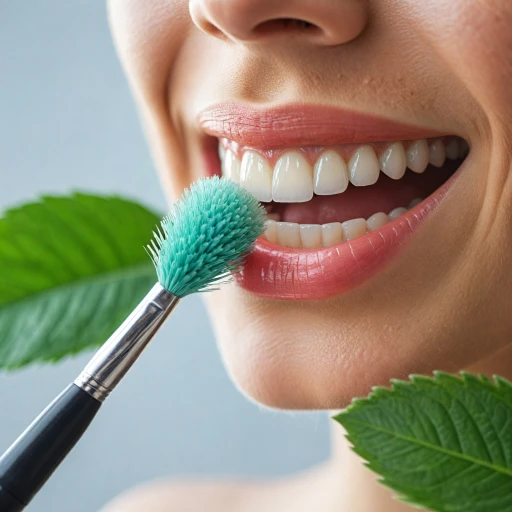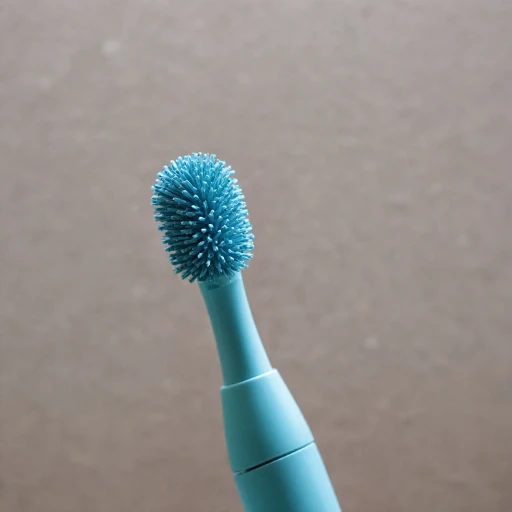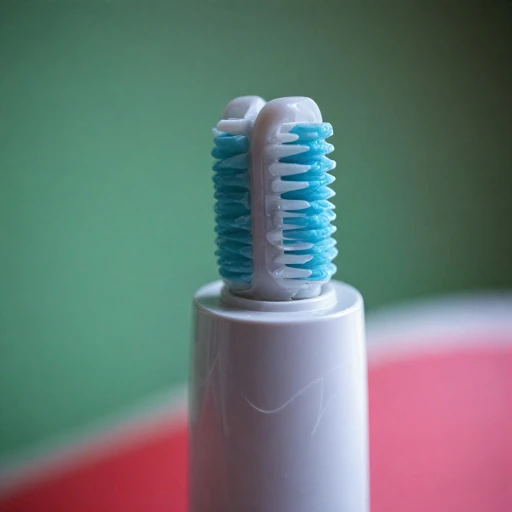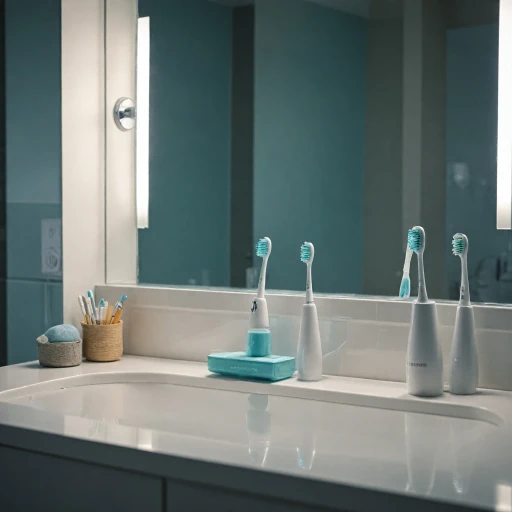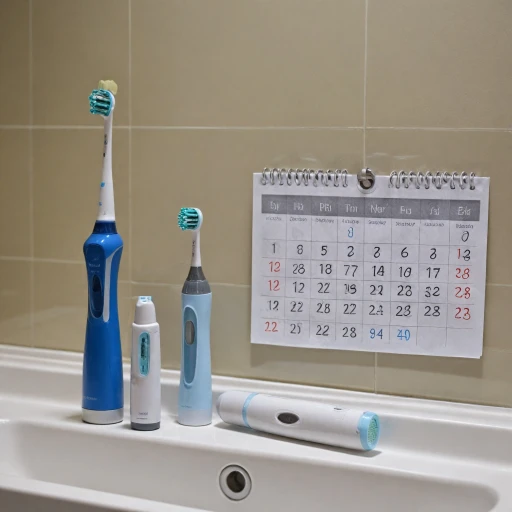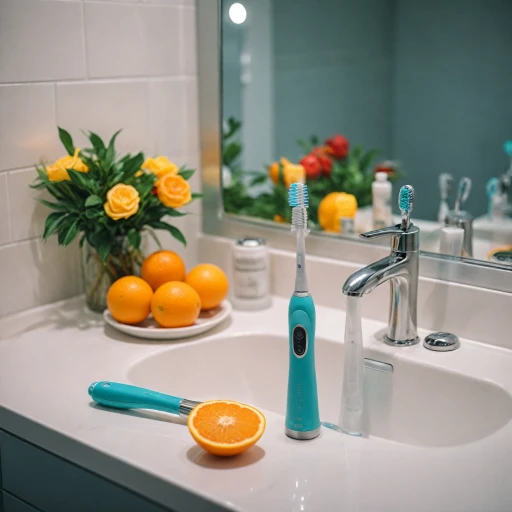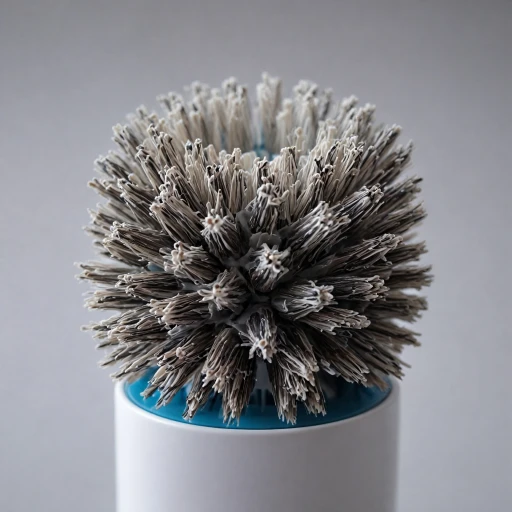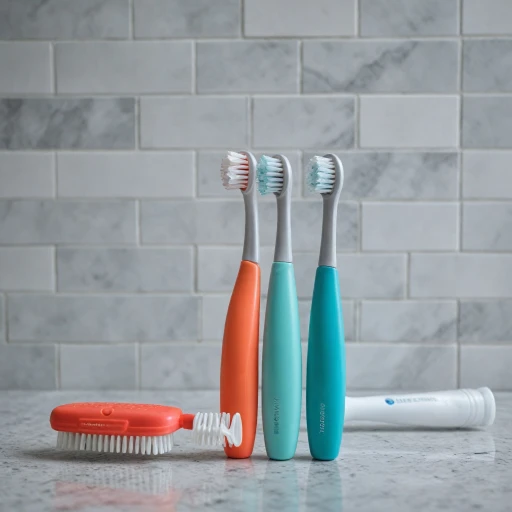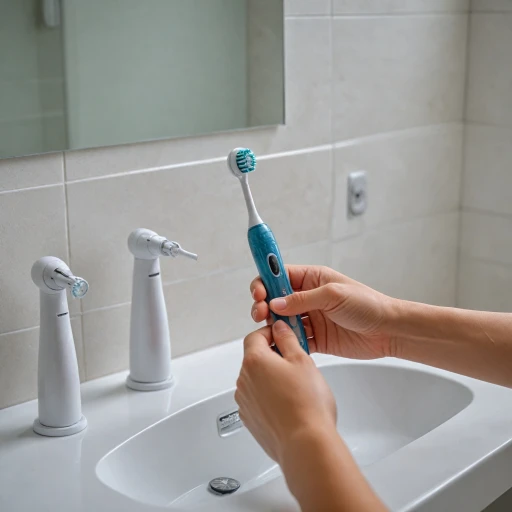
Understanding the Importance of Replacing Your Toothbrush Head
The Role of Electric Toothbrush Heads in Oral Care
An electric toothbrush can significantly enhance your oral hygiene routine—provided that the brush head is in good condition. Regular brushing helps remove plaque, reduce the risk of cavities, and maintain overall oral health. However, over time, the bristles on your electric toothbrush head can become less effective due to wear and tear. As the bristles become frayed, they lose their ability to clean your teeth efficiently, reducing the benefits of your brushing regimen.
Changing your toothbrush head is a key component of proper oral care. Bristles that have lost their shape can’t access small crevices between teeth or along the gum line, which can result in plaque buildup and potentially lead to dental issues. It's essential to recognize when your brush isn't performing optimally, which we will cover more in depth later.
Not only is it important for maintaining oral health, but replacing your toothbrush head also helps mitigate the growth of harmful bacteria. A worn toothbrush can harbor microorganisms despite rinsing, putting your mouth at risk. For these reasons, it is often recommended to change your toothbrush head every few months. To find out more about how frequently you should do this, you can check this source for optimal dental hygiene practices.
Signs It's Time to Replace Your Electric Toothbrush Head
Recognizing the Right Moment for Optimal Brushing
Ensuring you maximize the benefits of your electric toothbrush involves knowing the right time to replace your brush head. Sticking to a regular schedule can play a crucial role in maintaining your oral health and ensuring a high standard of oral care. Before you find yourself compromising on teeth cleaning efficiency, it's essential to observe some key indicators that suggest it's time to change your toothbrush head.- Worn-Out Bristles: Over time, bristles begin to fray and lose their stiffness. This affects the ability to clean your teeth effectively, as worn bristles cannot reach and clean the critical areas between teeth and gums.
- Discoloration: Some modern toothbrush heads come with colored bristles that fade over time, indicating that it's time for a replacement. A faded color can be a visual cue to remind you that the toothbrush head needs changing.
- Reduction in Optimal Cleaning: If you notice a decrease in your electric toothbrush's efficiency when it comes to cleaning, it might be a sign the head needs a change. Excellent bristle health is synonymous with effective brushing action.
- Presence of Bacteria: Over time, the presence of bacteria accumulates on toothbrush heads, even with proper cleaning. If your brush head has been in use for three months or if you've been ill, its ability to contribute positively to your oral hygiene might be compromised.
- Gum Sensitivity or Changes: If you start experiencing increased tooth sensitivity or gum bleeding not due to any specific dental issues, it might be an indicator of poor brush head performance.
Recommended Replacement Frequency
Recommended Timing for Brush Head Replacement
For maintaining optimal oral health, it is widely recommended to replace electric toothbrush heads every three months. This standard is based on the consensus within the dental community, as frequent changes ensure that the toothbrush remains effective in cleaning your teeth and maintaining your overall oral hygiene. The bristles of the toothbrush gradually wear out as they are used over time. This wear can lead to a decrease in cleaning efficiency, potentially compromising your dental health. Generally, these worn-out brush heads become less effective in removing plaque, which may hinder your teeth whitening efforts. Replacing the brush head at the suggested interval is crucial to mitigate these risks. There are some indicators that it might be the right time for a replacement, such as the condition of your current toothbrush head and the presence of any frayed bristles. If you're unsure how often to change your toothbrush or brush head, you might find this how often should you replace your electric toothbrush head guide helpful in making well-informed decisions for your oral care routine.Consequences of Not Replacing Your Toothbrush Head
Potential Risks of Delaying Toothbrush Head Replacement
Replacing your electric toothbrush head at the recommended intervals is crucial for maintaining optimal oral health. Neglecting to replace the head can lead to several issues, some of which might compromise your dental and oral hygiene.
Firstly, the bristles of a toothbrush head are designed to effectively clean your teeth and gums by reaching areas that might otherwise be difficult to access. Over time, these bristles become frayed and lose their ability to clean effectively, reducing the overall effectiveness of your oral care routine. Inadequate cleaning can allow plaque buildup, which can contribute to gum disease and cavities.
Moreover, worn out brush heads can harbor bacteria. As the electric toothbrush bristles degrade, they become less efficient at removing food particles and plaque, creating an environment where bacteria can thrive. This can increase the risk of oral infections and bad breath.
Failing to replace the toothbrush head also affects teeth whitening efforts. A brush head in poor condition won't effectively remove surface stains, potentially compromising the appearance of your smile.
Remember, most manufacturers recommend changing your toothbrush head every three months. This frequency is suggested to ensure that your electric toothbrush continues to function optimally, providing the best possible care for your teeth and gums.
Tips for Maintaining Your Electric Toothbrush Head
Ensuring Longevity and Effectiveness of Your Brush Head
Maintaining your electric toothbrush head is crucial for your oral health. Not only does it ensure optimal cleaning, but it also extends the lifespan of your brush head. A clean and well-maintained toothbrush can assist in keeping bacteria at bay, improving your oral hygiene.
- Rinse Thoroughly: After every use, make sure to rinse your toothbrush bristles with water. This helps remove any leftover toothpaste and debris, preventing the growth of bacteria.
- Store Properly: Keep your toothbrush head in an upright position in a toothbrush holder. This allows the bristles to dry completely, reducing the chances of bacteria build-up.
- Avoid Covering: While it might be tempting to use a cover, it can trap moisture and promote bacteria growth. If storing in a case, ensure it has ventilation.
- Periodically Disinfect: Soak the brush head in a solution of antibacterial mouthwash or a mixture of water and hydrogen peroxide every few weeks. Ensure it's rinsed well before use.
- Inspect Regularly: As highlighted earlier, check for signs of wear like frayed bristles. Over time, even with proper maintenance, the bristles lose effectiveness, affecting your dental care routine.
By following these maintenance tips, you can ensure your electric toothbrush remains an effective tool for teeth cleaning, providing a healthier oral care routine and maximizing the benefits for your teeth and gums.
Choosing the Right Replacement Head for Your Electric Toothbrush
Selecting the Perfect Fit for Your Electric Toothbrush
Choosing the right brush head for your electric toothbrush is crucial for maintaining optimal oral hygiene. With so many types and brands available, it's essential to find one that complements your dental care routine and addresses your specific oral health needs.- Compatibility: Not all replacement heads are universally compatible. Check your electric toothbrush model for recommended brush heads to ensure a perfect fit. This prevents damage to both your toothbrush and the replacement head.
- Bristle Types: Different bristles serve varied purposes. For example, soft bristles are gentler on your gums, while firmer bristles can offer a more thorough clean for individuals with stronger enamel. Consider your personal needs when selecting the type of bristles.
- Special Features: Some toothbrush heads offer additional features, such as teeth-whitening capabilities or bacteria-control bristles. These may address specific oral health goals, depending on what matters most to your routine.
- Regular Versus Sale Price: Prices for toothbrush heads can vary. Weigh the cost against the benefits. While a sale price may be attractive, a more expensive head could offer performance that justifies the expense.
- Replacement Time: Keep a schedule to replace brush heads every three months to prevent ineffective cleaning due to worn bristles. In our other sections, we’ve covered why regular replacement is vital for keeping bacteria at bay and ensuring optimal oral health.
